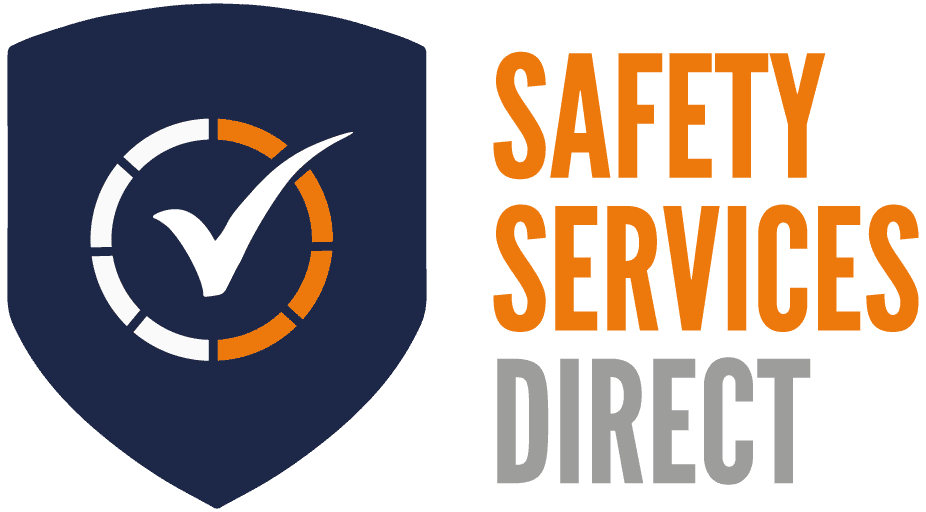Standing for the International Organisation for Standardisation, ISO is more than just a sequence of letters; it represents a global framework for quality, safety, and efficiency across various sectors.
In this blog, Safety Services Direct delve into what ISO stands for, its crucial role in health and safety management, its broader importance, and how it benefits businesses compared to the traditional SWOT analysis. If you want to give your business a competitive edge and ensure you’re operating to international standards, keep reading.
What is ISO?
ISO, as we’ve established, stands for the International Organisation for Standardisation, but its name is derived from the Greek word “isos,” meaning equal. Which is why the order of letters doesn’t match the full name.
Founded in 1947 in London, ISO is an independent, non-governmental international organisation composed of representatives from the separate national standards organisations of member countries. ISO develops and publishes international standards that ensure products, services, and systems are safe, reliable, and high-quality. These standards are designed to promote consistency, efficiency and safety across various industries, making them essential for both businesses and consumers.
The Role of ISO in Health and Safety
ISO plays a pivotal role in enhancing health and safety standards across industries. One of the prominent examples is the ISO 45001 standard. This standard provides a framework for organisations to manage occupational health and safety risks, improve their safety performance, and create a safer working environment for employees.
ISO 45001 emphasises a proactive approach to safety management systems and work-related accidents, encouraging organisations to identify potential hazards, assess risks, and implement controls to prevent accidents and injuries. By adhering to ISO 45001 and other related standards, businesses demonstrate their commitment to employee safety and well-being, as well as their overall societal responsibility.
The Broader Importance of ISO
ISO standards extend far beyond health and safety. They cover a wide range of areas, including quality management, environmental sustainability, information security, and more. These standards provide several crucial benefits, including:
- Improved Quality and Efficiency: ISO standards provide guidelines and best practices that help organisations streamline their processes, reduce errors, and enhance overall efficiency. This leads to better quality products and services, resulting in higher customer satisfaction.
- Global Recognition: ISO standards are recognised and respected worldwide. Conforming to these standards can open doors to international markets by showcasing a company’s commitment to meeting globally accepted benchmarks.
- Enhanced Credibility: Organisations that adhere to ISO standards gain credibility and trust among customers, partners, and stakeholders. This can positively impact their reputation and business relationships.
- Risk Management: ISO standards often include risk assessment and mitigation strategies, helping organisations identify and address potential challenges and workplace risks before they escalate into larger issues.
- Sustainability: Many ISO standards focus on environmental sustainability and responsible business practices. By following these standards, companies contribute to a more eco-friendly and socially responsible world and indicate that they do so.
ISO vs. SWOT Analysis
While the traditional SWOT analysis (Strengths, Weaknesses, Opportunities, Threats) has long been a staple in business strategy, the international standard ISO provides offers a more structured and holistic approach. Here’s how ISO compares to SWOT:
Systematic Approach
ISO standards provide a systematic framework for improvement, covering various aspects of an organisation. In contrast, SWOT analysis can sometimes lack a clear structure and comprehensive coverage.
External Validation
Conforming to ISO standards involves external validation and certification processes. This validation adds credibility and authenticity to an organisation’s management system, something SWOT analysis doesn’t inherently offer.
Industry Best Practices
ISO standards are developed based on industry best practices and the consensus of international labour organisations. SWOT analysis relies on internal perceptions and might miss out on the broader industry perspective.
Long-Term Orientation
ISO standards encourage continuous improvement and long-term commitment to excellence. SWOT analysis might be more focused on short-term insights.
In Conclusion
ISO, or the International Organisation for Standardisation, represents a cornerstone of modern business practices. From elevating health and safety standards to enhancing overall quality and efficiency, ISO standards offer a structured approach to creating a safe working environment that is as efficient as it is safe.
By embracing ISO standards, businesses not only demonstrate their dedication to meeting international benchmarks but also position themselves as leaders in their respective industries. As we move towards an increasingly interconnected global marketplace, ISO standards pave the way for a safer, more reliable, and more prosperous future.









